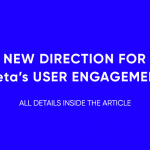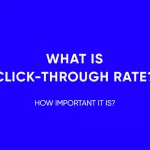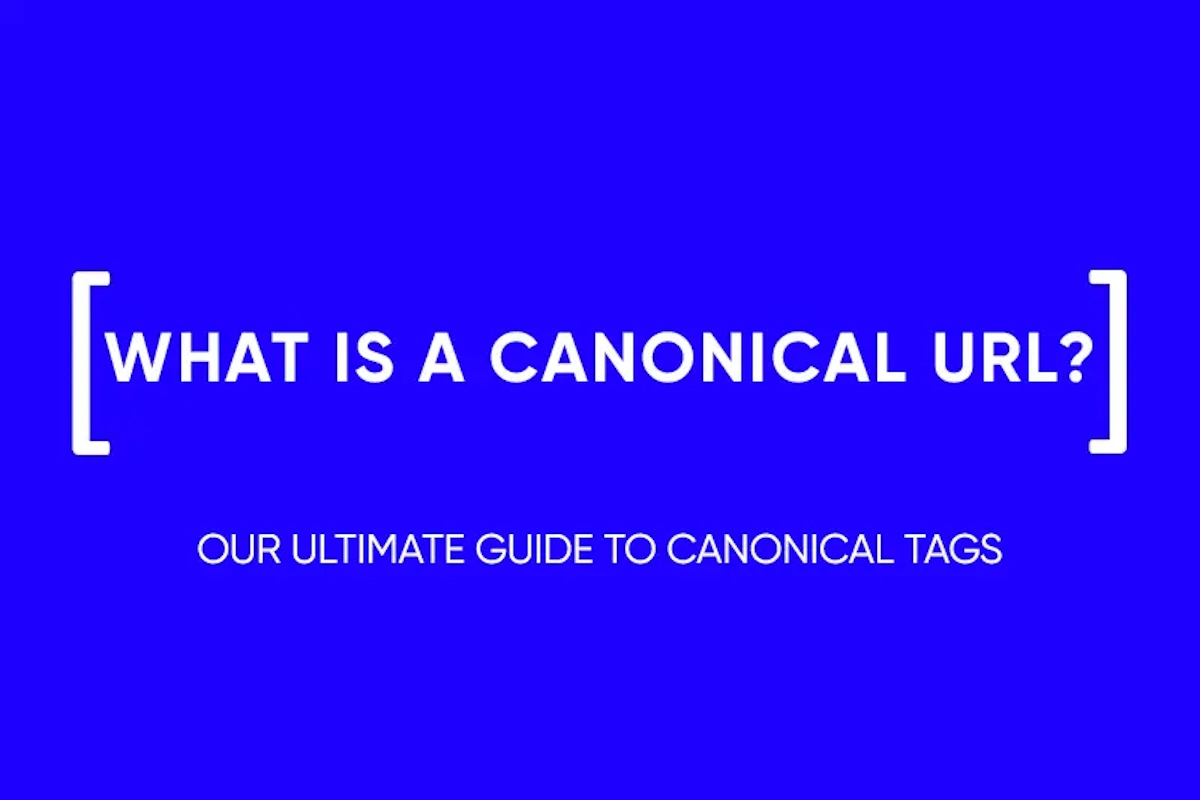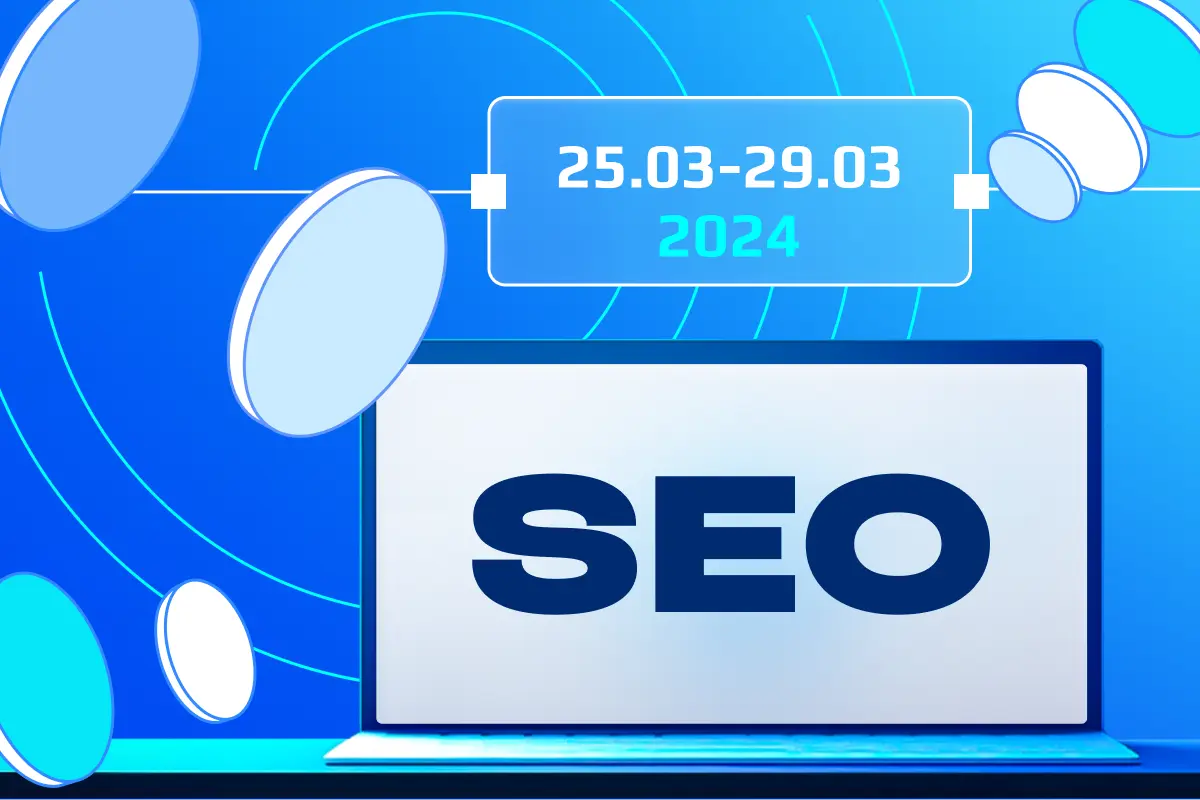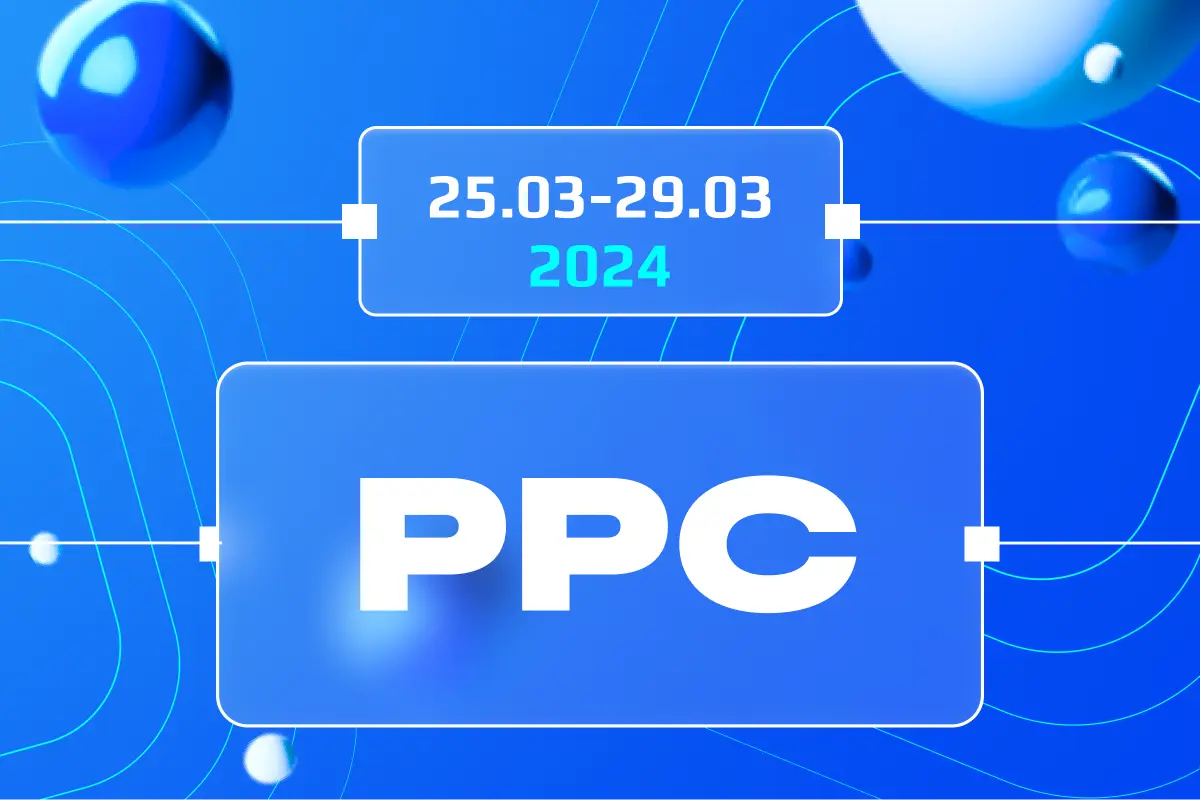Clickbait: what is it and how to use it
Clickbait refers to digital content designed to attract immediate attention and encourage visitors to click on a link to a particular web page. It’s characterized by sensationalized or misleading headlines that promise more than the content delivers. The primary aim of clickbait is to increase page views and, subsequently, advertising revenue. While it effectively draws in clicks, clickbait often prioritizes shock value or curiosity over accuracy and relevance, leading to mixed reactions from the audience. Understanding clickbait is crucial for webmasters, programmers, marketers, and other web professionals as it plays a significant role in online content strategy and user engagement.
Types of Clickbait
Clickbait can manifest in various forms, each designed to entice clicks through different psychological triggers:
- Curiosity Gap: Headlines that withhold information, prompting readers to click to find out the answer.
- Sensationalism: Exaggerated or overly dramatic headlines that promise shocking or unbelievable content.
- Emotional Appeal: Content that targets readers’ emotions, whether it’s joy, fear, surprise, or anger, to drive clicks.
- Listicles and Numbers: Articles that use numbers or lists to promise quick, easy-to-digest information.
- Visual Clickbait: Thumbnails or images that are provocative or misleading, encouraging clicks to see the full context.
These categories showcase the versatility of clickbait in adapting to different content types and audiences, making it a widespread tactic across the internet.
3 Examples of Clickbait
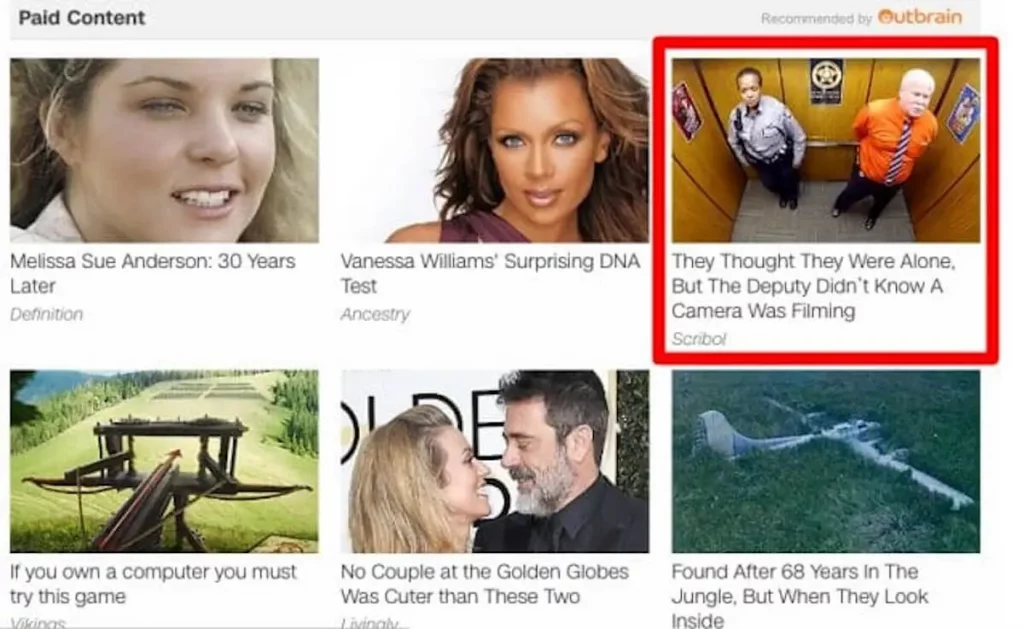
1. Sensationalist Blog Titles
Sensationalist blog titles are a staple of clickbait, often promising groundbreaking revelations or shocking truths that the content does not fully support. For instance, a blog post titled “The Secret Doctors Don’t Want You to Know” might only offer commonplace health advice, far from the groundbreaking secret implied.
2. Over-the-Top YouTube Video Titles
YouTube video titles frequently employ clickbait tactics, using caps lock and sensational phrases to grab potential viewers’ attention. Titles like “You Won’t BELIEVE What Happens Next!” or “The Biggest Scandal Ever Uncovered!” are designed to pique curiosity or offer dramatic content that is often less dramatic than suggested.
3. Entertainment News Article Headlines
Entertainment news often uses clickbait headlines to lure readers into clicking on articles about celebrities, movies, or TV shows. Headlines such as “The Shocking Truth Behind [Celebrity’s] Breakup!” or “Why [Movie] Was a Massive Flop – The Inside Scoop!” entice readers with the promise of insider information or scandalous revelations, which may turn out to be speculative or mundane.
Why Clickbait Works
Clickbait’s effectiveness lies in its ability to leverage human psychology. It taps into our innate curiosity, compelling us to seek closure or resolution to the intriguing promises made in the headline. By creating a curiosity gap, clickbait headlines make the prospect of not clicking almost uncomfortable, as we’re left wondering what we might be missing out on. Additionally, the emotional triggers in clickbait—whether excitement, anger, or disbelief—drive us to engage with the content to experience those emotions or validate our reactions. This psychological pull, combined with the omnipresence of clickbait in our digital landscape, ensures its continued use and effectiveness.

3 Negative Impacts of Using Clickbait
1. It Can Hurt Your Bottom Line
While clickbait may initially boost website traffic, its long-term effects can be detrimental to revenue. Users who feel misled by a headline are less likely to engage further with the site, reducing the likelihood of converting clicks into meaningful actions such as purchases or subscriptions. Advertisers are also becoming more discerning, preferring to associate with content that garners genuine engagement over that which drives fleeting clicks. Thus, reliance on clickbait can ultimately lead to a decrease in advertising revenue and brand partnerships.
2. It Erodes Trust and Lasting Audience Engagement
Trust is a cornerstone of any successful online presence. Clickbait undermines this trust by prioritizing sensationalism over substance, leading audiences to question the credibility of the content provider. Once trust is compromised, rebuilding it is challenging. Audiences may become skeptical of future content, regardless of its quality, and engagement metrics like time spent on page and return visits can decline. This erosion of trust impacts not just individual pieces of content but the brand’s reputation as a whole.
3. It Can Negatively Impact Rankings
Search engines, particularly Google, are continually updating their algorithms to prioritize high-quality, relevant content that satisfies user intent. Websites that frequently use clickbait can be seen as offering a poor user experience, leading to lower search rankings. Additionally, high bounce rates—a common consequence of disappointed users leaving a site quickly—signal to search engines that the content may not be valuable or relevant, further affecting the site’s ability to rank well. In the long term, the negative impact on SEO can outweigh any short-term gains in traffic, making clickbait a risky strategy for content creators aiming for visibility and authority in the digital space.
How To Write Clickbait Headlines

Crafting effective clickbait headlines is an art that balances curiosity with value. The goal is to entice readers to click through without misleading them or compromising on quality. Here’s how you can achieve this:
1. Use Google Alerts to Find Out What’s Trending
Staying on top of trends is crucial for creating clickbait that resonates. Set up Google Alerts for keywords related to your niche to receive updates on what’s being talked about. This real-time insight allows you to craft headlines that tap into the zeitgeist, making your content timely and more enticing to click on. For example, if “sustainable living” is trending, a headline like “10 Shocking Truths About Your Carbon Footprint” could attract attention by leveraging current interest in environmental issues.
2. Use Numbers or Listicle Format
Numbers in headlines offer a clear expectation of what the reader will get, making the content seem manageable and concrete. Listicles, by nature, promise a series of points or tips, which can be very enticing for readers looking for quick, actionable information. A headline like “5 Revolutionary Apps That Will Change Your Life” promises direct value and an easy-to-digest format, tapping into the reader’s desire for efficiency and novelty.
3. Offer Immediate Value to Your Reader
Your headline should promise immediate value or a solution to a problem that your target audience faces. Use phrases that imply quick and easy benefits, such as “instant,” “in minutes,” or “today.” For example, “Boost Your SEO Rankings Instantly with These 3 Simple Hacks” suggests that the reader will gain valuable, actionable insights right away. This strategy not only attracts clicks but can also lead to more satisfied readers if the content delivers on the headline’s promise.
4. Use a Teaser
Teaser headlines create a sense of mystery or anticipation without giving away the full story. They hook readers by hinting at something intriguing, compelling them to click to satisfy their curiosity. However, it’s important to balance this approach by ensuring the content can live up to the expectations set by the headline. A headline like “The Secret Ingredient to Success That No One Talks About” promises exclusive knowledge, encouraging readers to discover the secret by clicking through.
How to Break the Clickbait Cycle & Build Lasting Audience Engagement
Breaking free from the reliance on clickbait and focusing on building a loyal audience requires a strategic approach. The key lies in creating content that is both engaging and valuable, ensuring that once readers click, they find exactly what they were promised—and more. Here’s how:
1. Create SEO-friendly Titles
SEO-friendly titles are crucial for visibility, but they also set realistic expectations for your readers. By incorporating relevant keywords and conveying the essence of your content, you help search engines and readers alike understand what your article is about. This transparency helps in attracting an audience genuinely interested in your content, leading to better engagement and lower bounce rates. Titles should be enticing but honest, promising exactly what the content delivers.
2. Match the Reader’s Search Intent with Your Content
Understanding and matching the reader’s search intent is essential for creating content that satisfies their needs. This means going beyond the headline and ensuring that your content provides the answers or solutions your readers are searching for. Use analytics and keyword research tools to understand why users are landing on your page and tailor your content to meet those expectations. By aligning your content with user intent, you build trust and encourage repeat visits, fostering a loyal audience over time.

Build Authority and Trust with Helpful, Optimized Content
Building authority and trust goes hand in hand with providing value. Your content should not only attract readers but also offer them insightful, actionable, and accurate information. High-quality, optimized content establishes your site as a credible source of information, encouraging users to return and share your content with others. Utilize a mix of evergreen content, detailed guides, and timely articles to cater to a broad audience while ensuring your content is optimized for both search engines and human readers. This approach helps in building a reputation as a trusted authority in your niche.
Conclusion
While clickbait may offer short-term gains in traffic, it’s the quality and relevance of your content that will build lasting audience engagement. By focusing on SEO-friendly titles, aligning with the reader’s search intent, and consistently providing valuable, well-optimized content, you can break the clickbait cycle. This not only enhances your audience’s experience but also establishes your brand as a reputable source of information. The path to genuine engagement and loyalty from your audience lies in respecting their needs and exceeding their expectations, creating a foundation for sustainable growth and success in the digital realm.
and stay up-to-date with the latest news about our platform and affiliate marketing.
